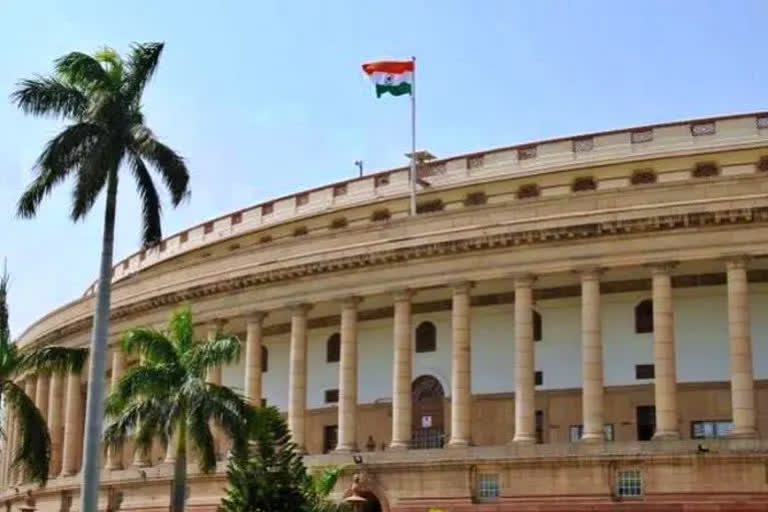New Delhi: After the assembly elections infive state assembly sates, the political parties are now bracing themselves for the Presidential elections. Though the BJP registered an impressive overall win in the assembly elections, the seats it managed to secured are comparatively lesser in number than before. This discrepancy in numbers will potentially benefit the opposition in Rajya Sabha, while the BJP will also have to look for allies outside of the NDA alliance to confirm a big victory in the presidential election.
In the 2017 presidential elections, BJP candidate Ramnath Kovind had received support from many non-Congress parties. A total of 4,896 MPs and MLAs had cast their votes during these elections. The then NDA candidate Ramnath Kovind had secured 7,02,044 votes out of 10,98,903 defeating his rival Meira Kumar who could only secure 3,67,314 votes.
Speaking of the state-wise vote values that would play a crucial role in the presidential elections, the MLAs of Uttar Pradesh are the strongest in terms of vote value, with one vote valued at 83,824. In 2017 in Uttar Pradesh, Kovind got 335 votes and Meira Kumar got 65 votes. But because the NDA has just 273 seats this time, BJP has 62 votes less than in 2017, putting it at a potential loss.
The total value of the votes of the members of both the Houses of Parliament in the constituency in the presidential election is 5,49,408, while that of the legislators of all the states is 5,49,495. The total value of votes thus is 10,98,903. The value of legislators' votes, which is determined by the population of the state and the number of legislators, varies from state to state. For example, the value of vote of an MLA from Uttar Pradesh is 83,824, while the value of vote of a MLA from Sikkim is only seven, while that for a Maharashtra MLA is 50,400.
